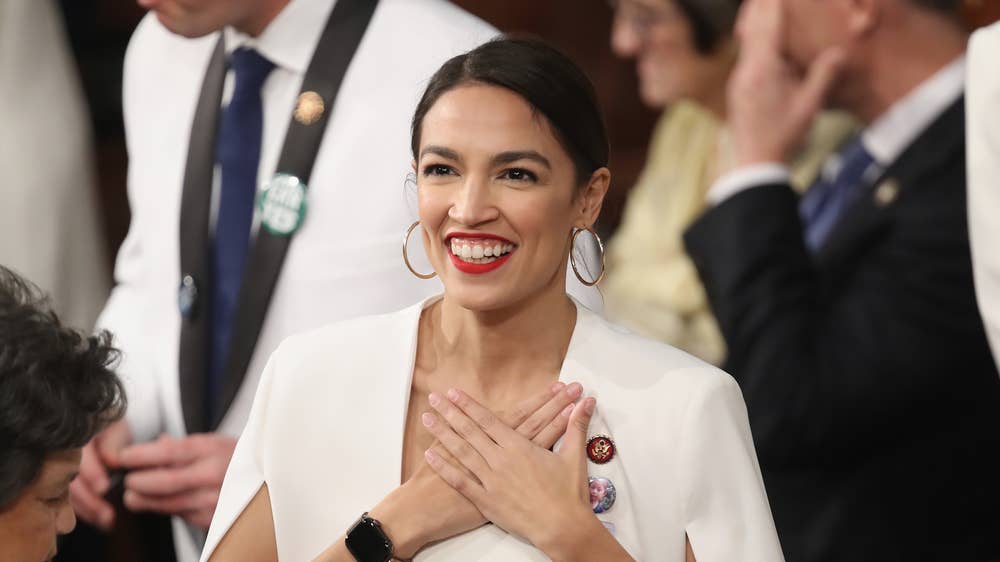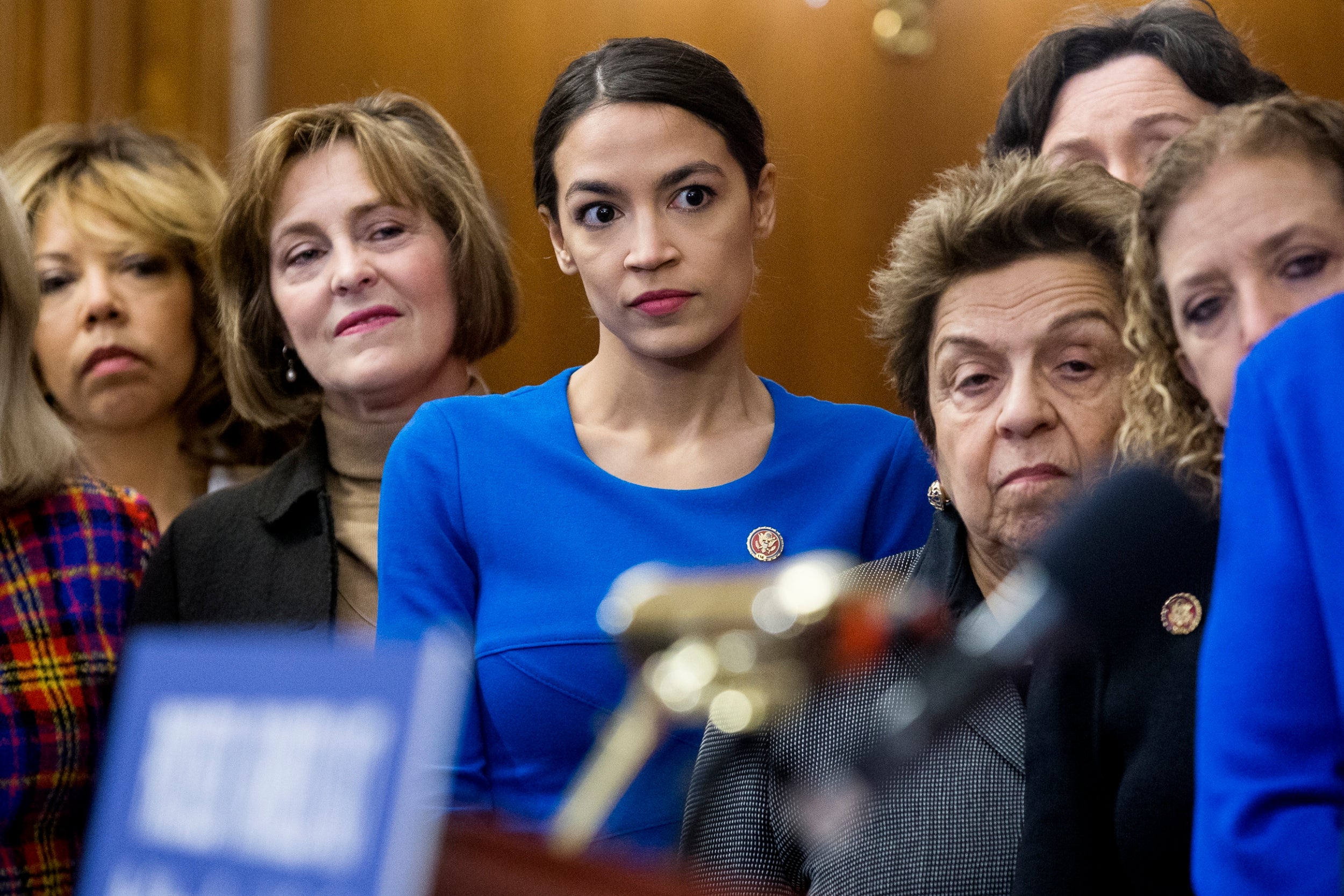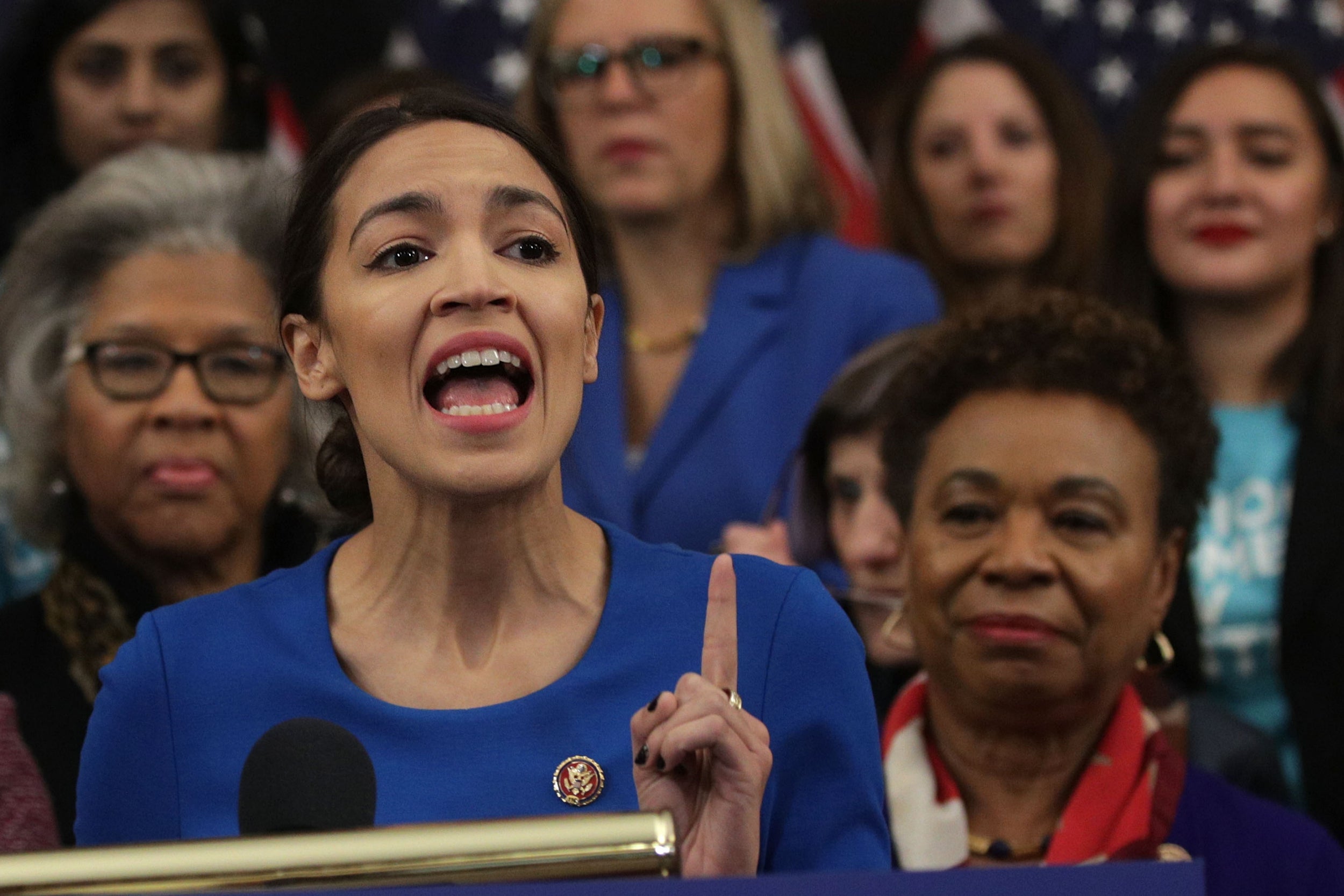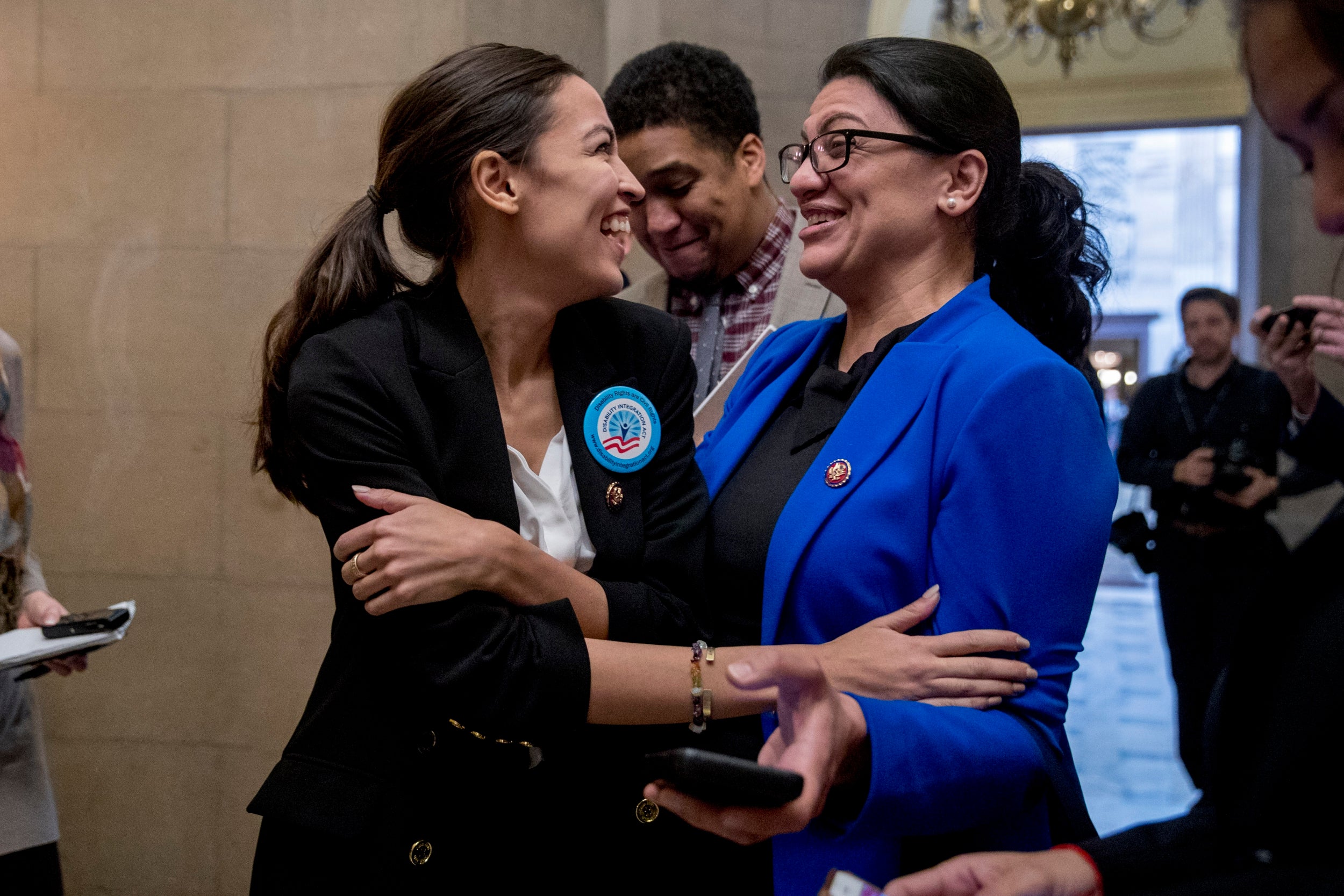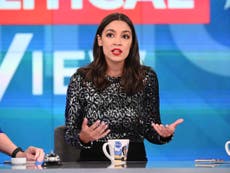Kalasha: Happiest people in Pakistan?
LOST TRIBE OF ARYANS LIKE THE YAZEDI
Sexually liberated women, colorful clothes and lots of festivals -- happiness comes easy to this animist tribe living in Chitral
Gul Sayed, 25, sports a grin a mile wide as she hugs me, a lone foreigner in her home.
She is a member of the Kalasha, a peace-loving pagan tribe living in the remote villages that lie between Northern Pakistan’s Chitral Valley and the Afghan border.
She’s dressed in a black robe embroidered with rainbow threads, a beaded headdress adorned with cowrie shells and colorful necklaces.
Rumour has it the blue-eyed, fair-skinned Kalasha are the descendants of the armies of Alexander the Great. But unlike their putative bellicose ancestors, the country’s smallest minority group -- numbering around 3,000 -- prefers to make love, not war.
Proud of their warm, caring, crime-free culture, these could just be the happiest people in Pakistan.

We sing, gossip and sew. No chores— Gul Sayed, member of Kalasha
Sexually free
Take the tribe’s approach to matters of the heart.
Loveless liaisons hold no appeal for the spirited Kalasha women: "We choose our husbands, and if they don’t treat us well, or it doesn’t work out, we can leave and find a new partner," says Gul, as her two friends, teenage mothers Farida and Asmar, nod and blush.

Nothing to shout about if you're a Western woman, but under rural Pakistan's strict Islamic code, it's a radical divergence from the norm.
Here in their rustic one-room homes in the valley of Rumbur, the ladies clutch calm, cherubic infants, the progeny of such liberal unions.
They live in tune with nature, amidst fields filled with crops, walnut, apricot and mulberry trees, and flanked by fast-flowing streams.
From the terrace of Gul’s house, a web of channels and aqueducts fans out to distribute water to everyone in the village.
In the distance stands a mill, and further away a darkened temple, its wooden statues and altar stained with the blood of goats that are occasionally sacrificed to honor the Kalasha’s spirit ancestors.
 The fair-skinned Kalasha are said to be descended from the armies of Alexander the Great.
The fair-skinned Kalasha are said to be descended from the armies of Alexander the Great.Pastoral lives
As we nibble on grapes and apples laid out on a rug on the floor, Gul explains that she has just returned from the seclusion of the Bashali, a house at the bottom of the village, where the women are quarantined during menstruation or pregnancy.
You’d think being viewed as impure, as Kalasha women are during this time, and forbidden to mingle with the menfolk, might dampen their spirits.
But no. It seems the Bashali is the perfect excuse for women to chill out. "We sing, gossip and sew -- no chores," says Gul, smiling.
Up in higher pastures, a shepherd, who like most Kalasha men wears the Pakistani garb of shalwar khameez, is tending his goats.
Managing livestock is the main occupation of the men. "My husband has six cows and three hundred goats," says Asmar.
And from the rooftop of Gul's house, I can see what the women do when they’re not in the Bashali, or gathering water, fruit, or firewood from the forests.
A couple of meters below, a girl is milling maize to make flatbread to be eaten with vegetable and goat curry, honey and tangy goat’s cheese, or tea, for a Kalasha-style Continental breakfast.
On a roof to the left, another violet-eyed beauty is bent over a sewing machine, her eyebrows knit in concentration as she adds a rainbow-colored border to a dress.
By her side a wizened old woman sits with a loom between her legs, weaving black cloth for the new clothes they will wear for the three-day Joshi Spring Festival.
 Dancing and festivals make up a bit part of the Kalasha lifestyle.
Dancing and festivals make up a bit part of the Kalasha lifestyle.Parties through the year
The Kalasha love a knees-up. Joshi, held in May, is one of four major festivals celebrated by the tribe. "We seek the blessings of our gods and goddesses for the safety of our herds and crops," explains Gul.
At the break of dawn on the first day, children gather walnut branches and flowers to decorate their homes, and the doorway of the temple.
As the sun rises, the villagers drink goat's milk and the men light a fire on the altar of the temple. They make offerings of goat’s blood, wine and honey to their spirit ancestors.
Then the fun begins. Girls gather in groups, clasp each other’s shoulders and dance, stomp and shuffle in circles. The men beat drums, play flutes and clap their hands to cheer them on.
Year round, the Kalasha dance their way through a stream of festivals and rituals, and socially and culturally, theirs appears to be a joyful existence.


The only shadow on their rich, textured lives are the attitudes of some local Muslims towards their beliefs.
"They call us 'Kafirs,' unbelievers," says Gul, who like many of the Kalasha are fearful of their Islamic compatriots who live outside the valleys.
Still, times are changing.
In years gone by the Kalasha were threatened with forcible conversion to Islam, now the tribe receives government protection, improved health and education services, and -- bar an isolated incident when a Greek volunteer was kidnapped by the Taliban in 2009 and later released -- are largely untouched by the region’s political troubles.
Left to get on with living life to the brim, the Kalasha do just that, with compelling devotion.

getting there
Travelpak, www.travelpak.co.uk, based in London, can organize tailor-made tours to Pakistan, departing from anywhere in the world.
A two-week trip, taking in the Kalasha Valleys of Khyber Pakhtunkhwa and Northern Areas, costs from around US$1,600, excluding the cost of international flights.
Pakistan International Airlines (www.pia.com), Emirates (www.Emirates.com), Gulf Air (www.gulfair.com) all fly to Islamabad from destinations within Asia.











